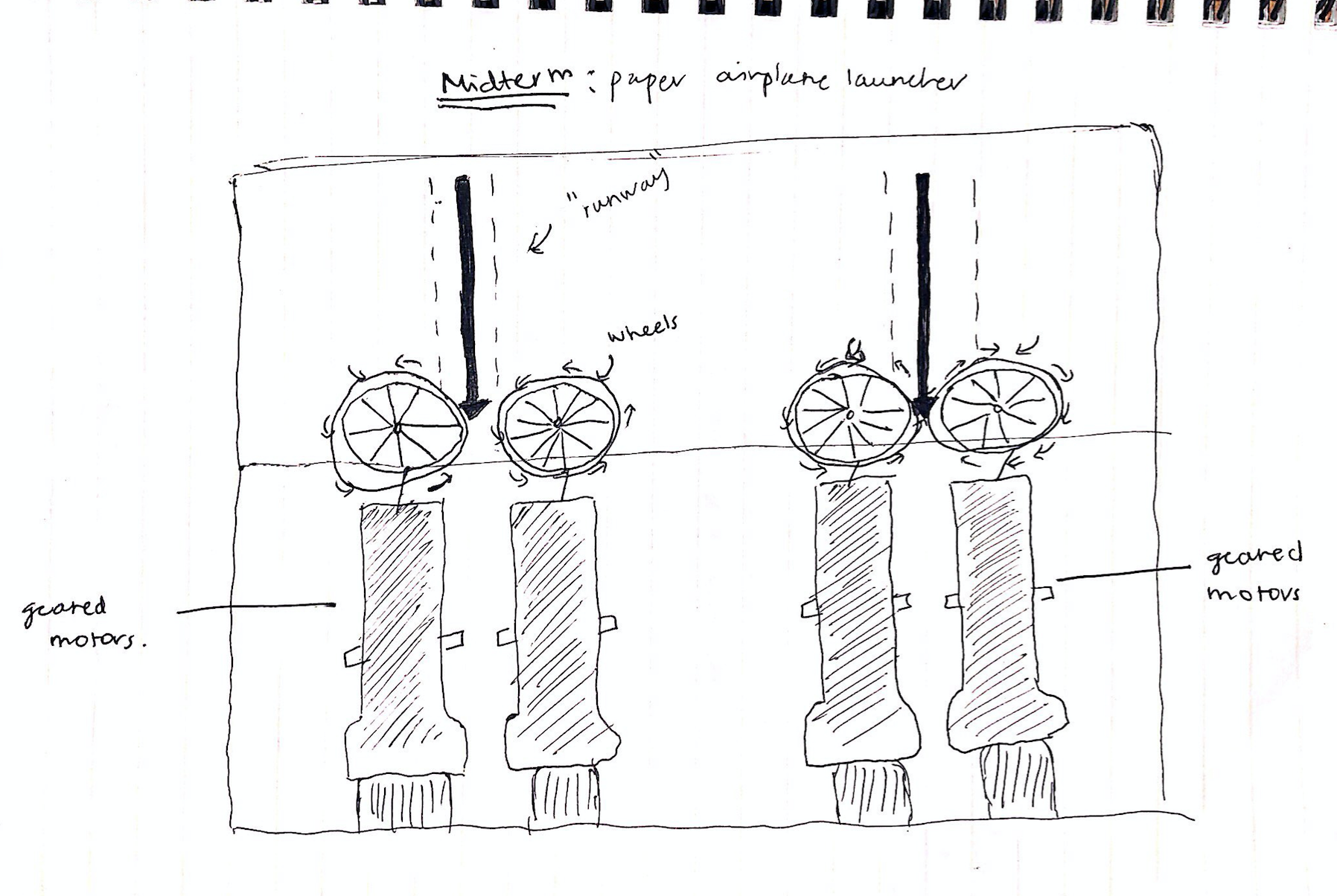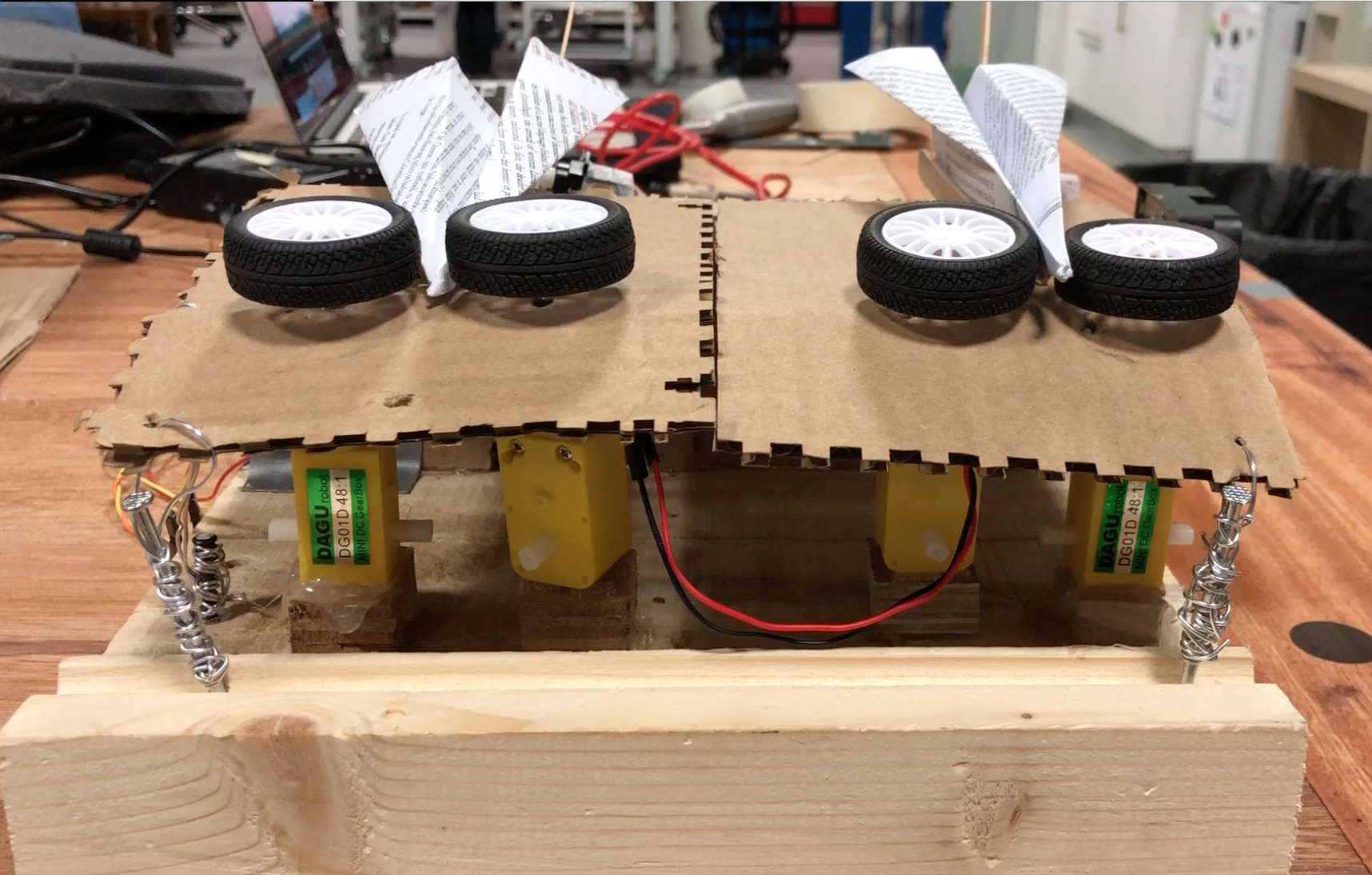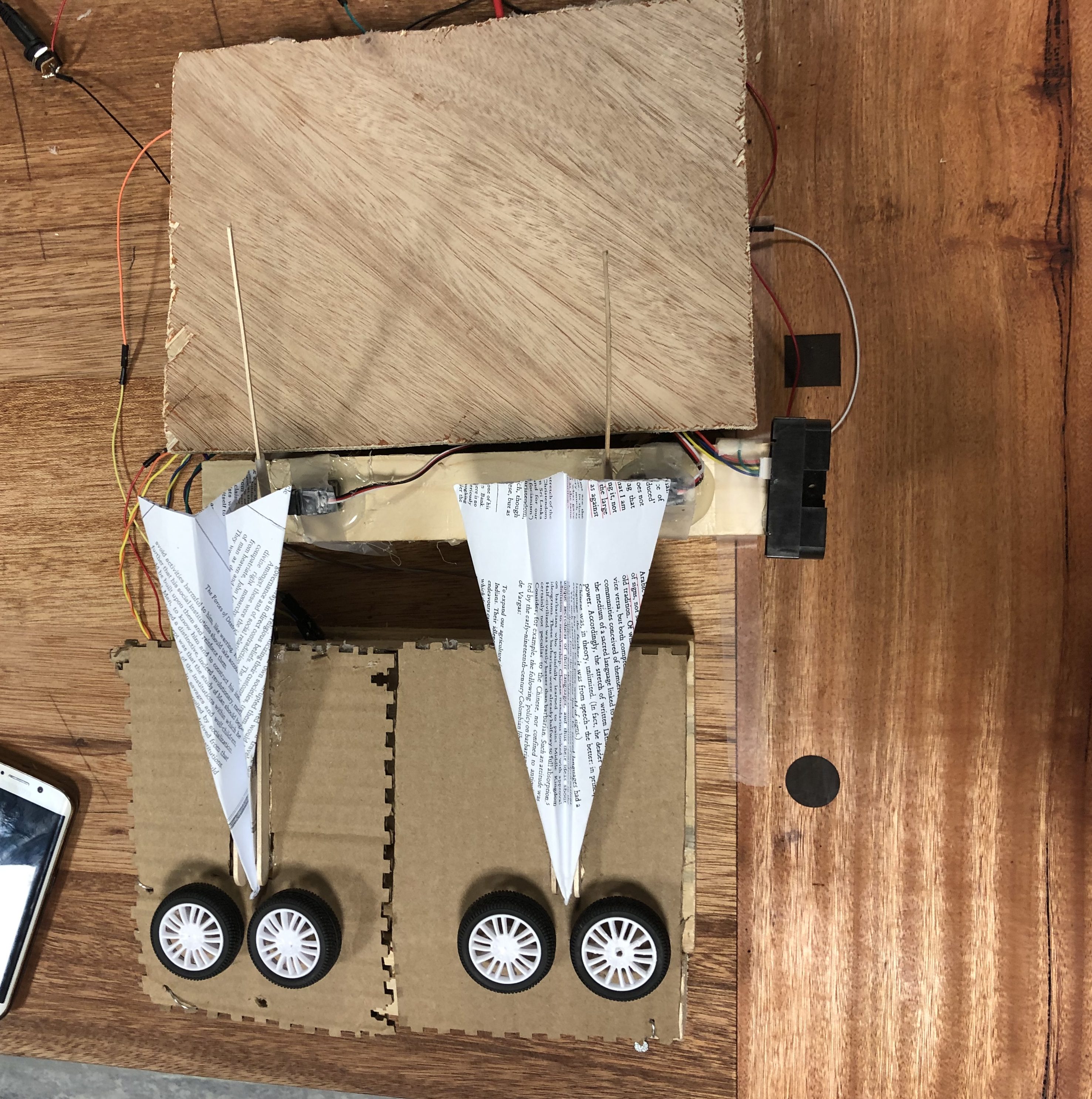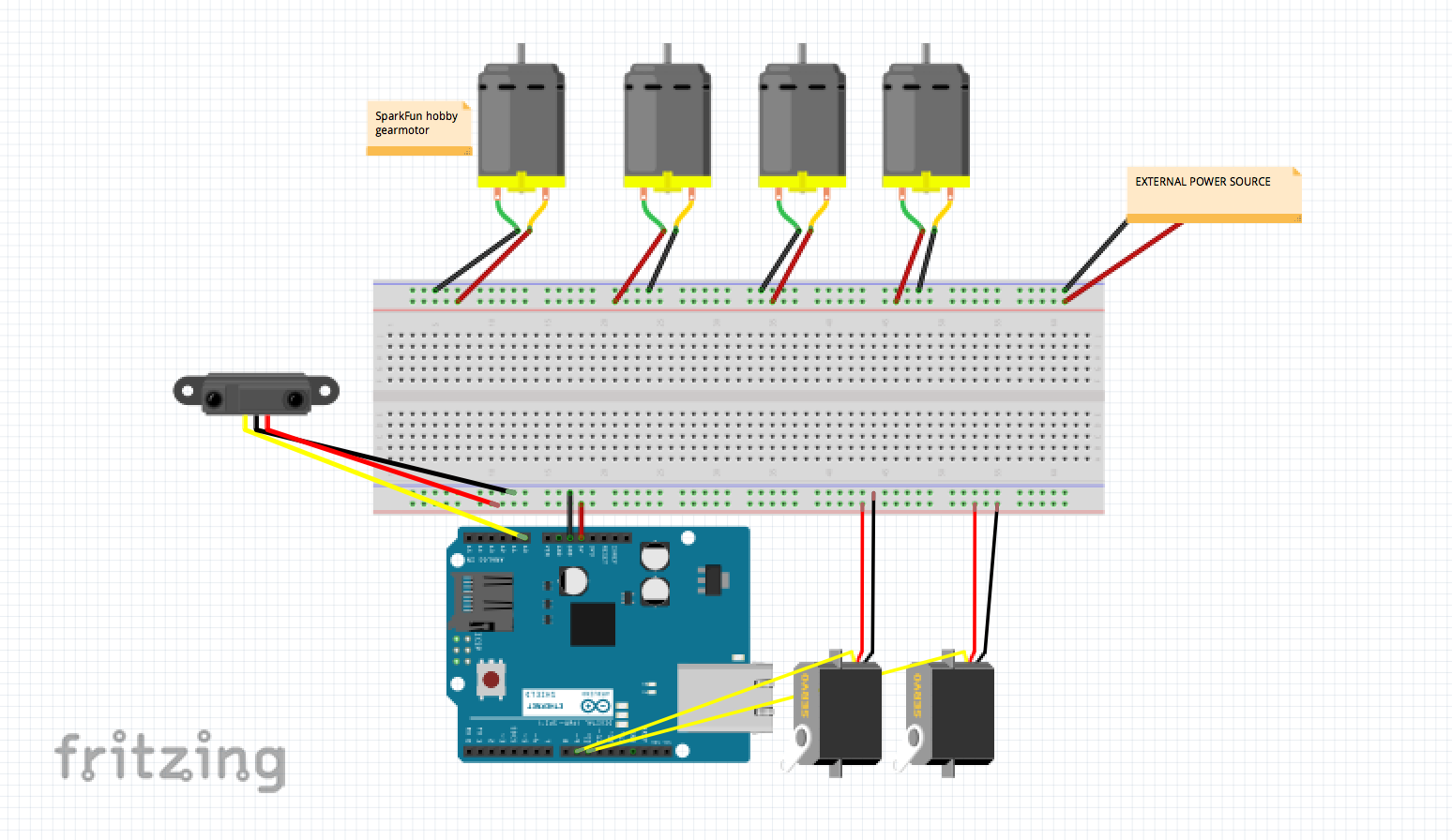#1: Her Code Got Humans on the Moon—And Invented Software Itself
Software engineering, a concept Hamilton pioneered, has found its way from the moon landing to nearly every human endeavor.
The article introduces Margaret Hamilton, mother of software engineering, and one of the most prominent figures that were part of the Apollo space mission. Two main points I got from this article were:
1). Hamilton is a renowned source of inspiration for all women in the tech industry, an industry that’s predominantly male (even more so during her time). Her uniquely ambitious life and undeniable robustness is pretty amazing and she is definitely not given enough recognition in the programming world. I found it very interesting reading about her story of the pilot01 issue where she was told that the issue “would never happen” and yet it did. Her intuition to debug is such a critical aspect of being a modern programmer, portraying how ahead of her time she was. I think being prepared for any crashes is a very important part of this work.
2). The concept of the ‘software’ didn’t really exist until then. I found it really interesting that the budget for the Apollo hadn’t even accounted for such a thing to a be a part of the project – and yet, it probably ended up being the most important factor of the mission.
#2: Attractive Things Work Better
The author explains why attractive things work better (they produce positive emotions which in turn make it easier to negate minor errors or difficulties). I found it really interesting that the author broke the though processes down into three fundamental levels:
- Visceral: at this level, we are at our simplest and most primitive. As we are incapable of reasoning and building upon our schemas, the appearance of design and the creation of good first impressions matter the most. I think this is the level that amateur designers (me, personally) tend to focus on the most without regarding the next two.
- Behavioral: here we are able to alter our actions according to some level of analysis.
- Reflective: by far, I think this is the most important level for designers. At this level, humans are very sensitive to experiences, training and education. We are also most vulnerable to variability through our different cultures and our experience/usability can have many individual differences. I think the factor of attraction also becomes relevant at this level as reflection also requires the awakening of long-lasting emotions and emotions are what we associate with beauty. Thus, any successful product will provoke reflection in the long term.
However, in general, I believe a designer must know his/her audience well in order to comply with the demands that come with all three levels of processing. Although, fundamentally each is important, the reflective element is the most sensitive to humans and should therefore be given as much thought.




